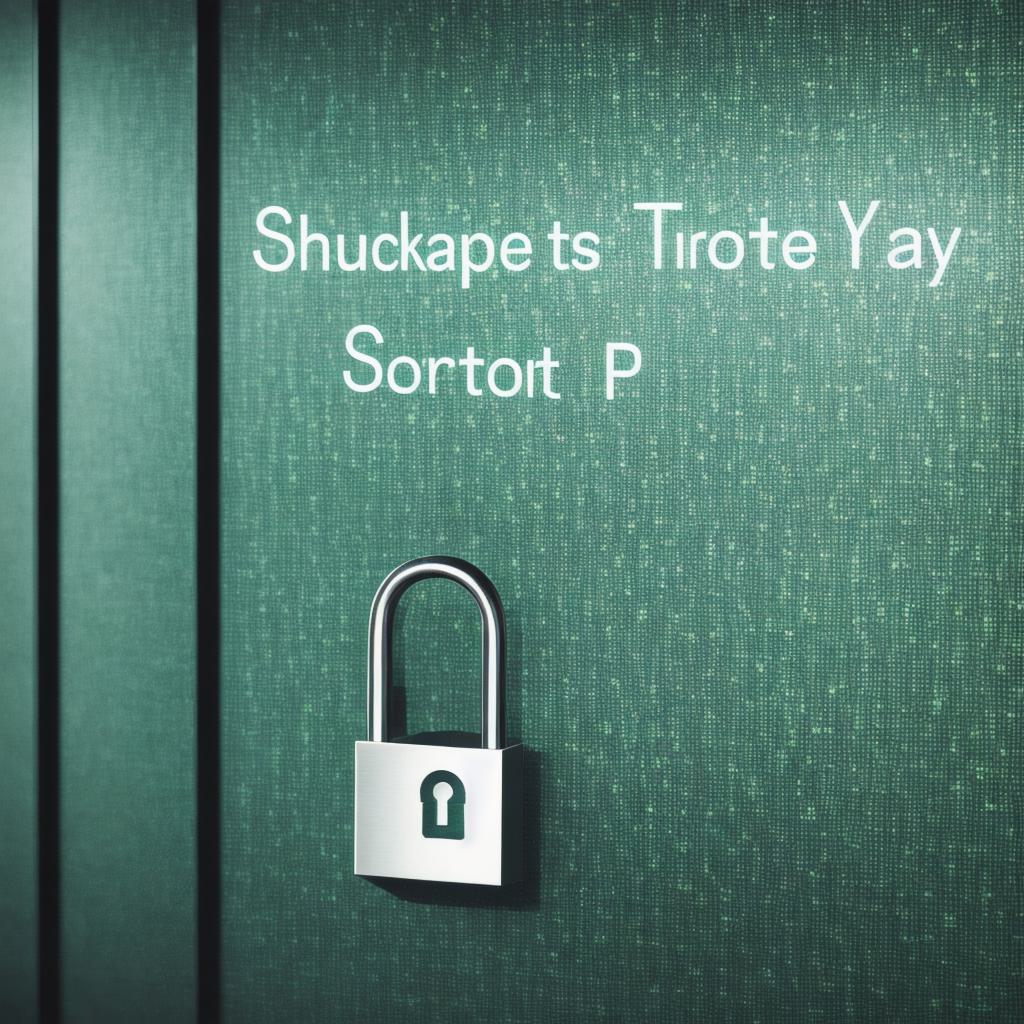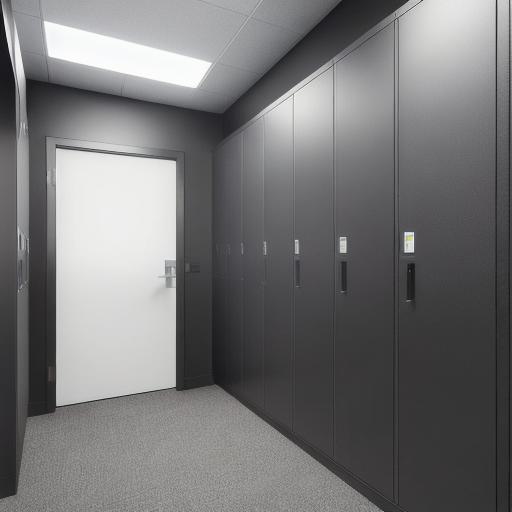Introduction:
SharePoint, Microsoft’s document management and collaboration platform, is known for its versatility and functionality. One common use case for SharePoint is setting it up as a secure data room to store and manage sensitive information. In this text, we’ll discuss the security features of SharePoint that make it an effective solution for handling confidential data.

Security Features:
- Access Control: SharePoint allows you to grant access only to authorized users through user accounts and permissions. You can set up different permission levels such as ‘Read,’ ‘Contribute,’ and ‘Full Control.’ (256)
- Two-Factor Authentication: Enhance security by requiring users to provide two forms of identification before accessing the data room. (128)
- Encryption: SharePoint supports Transport Layer Security (TLS) for data in transit and Advanced Encryption Standard (AES) for data at rest, ensuring your information is securely transmitted and stored. (256)
- Data Loss Prevention: Monitor and restrict the uploading, downloading, and sharing of sensitive data using DLP policies. (192)
- Auditing and Compliance: Maintain a log of user activities within your SharePoint site for auditing purposes and ensure adherence to industry regulations such as HIPAA and SOC 2. (100)
Example Scenario:
Let’s imagine a law firm that uses SharePoint as its secure data room to store client information, including contracts, case files, and other sensitive documents. The firm sets up different access levels for partners, associates, and support staff based on their roles and responsibilities. Two-factor authentication is mandatory for all users, and data is encrypted both during transmission and storage. DLP policies restrict the sharing of confidential information outside the organization, and auditing logs are regularly reviewed to maintain compliance with regulations.

Summary:
SharePoint’s robust security features make it an excellent choice for setting up a secure data room to store sensitive information. By implementing access control, two-factor authentication, encryption, DLP policies, and auditing capabilities, you can ensure that your confidential data remains secure while enabling efficient collaboration and document management within your organization.
